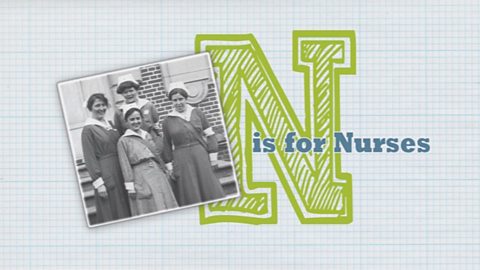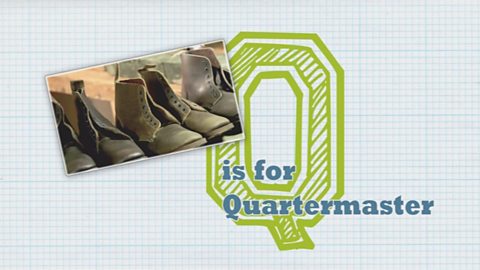Video summary
Commentary, newsreel and photographs examine the life of Wilfred Owen, today one of the most widely recognised poets of World War One.
A dramatic monologue introduces Owen, in hospital suffering from shell shock and at work on his poem βDulce et Decorum Estβ.
Owen reads the opening lines aloud and explains their context.
This clip is from the series WW1 A to Z.
Contains potentially upsetting content; teacher review is recommended before use in class.
Teacher Notes
Pupils could read more poems by Owen, Sassoon and other poets of the period.
Encourage the children to compare these verses with the lyrics of popular patriotic songs of the period. How do the messages differ?
Owenβs work was virtually unknown during his lifetime.
Why do pupils think he came to be seen as such a significant figure in the years after World War One?
This short film is suitable for teaching history at Key Stage 2 / Second Level or above.
N is for Nurses. video
Commentary, newsreel and dramatic monologue describe the role of nurses during WW1, including the work of Edith Cavell.

P is for Post Office. video
Photographs, newsreel and dramatic monologue show how the Post Office carried messages and parcels from home to British Tommies in the trenches.

Q is for Quartermaster. video
Newsreel and dramatic monologue explain the role of the quartermaster in keeping British WW1 troops supplied and equipped.
